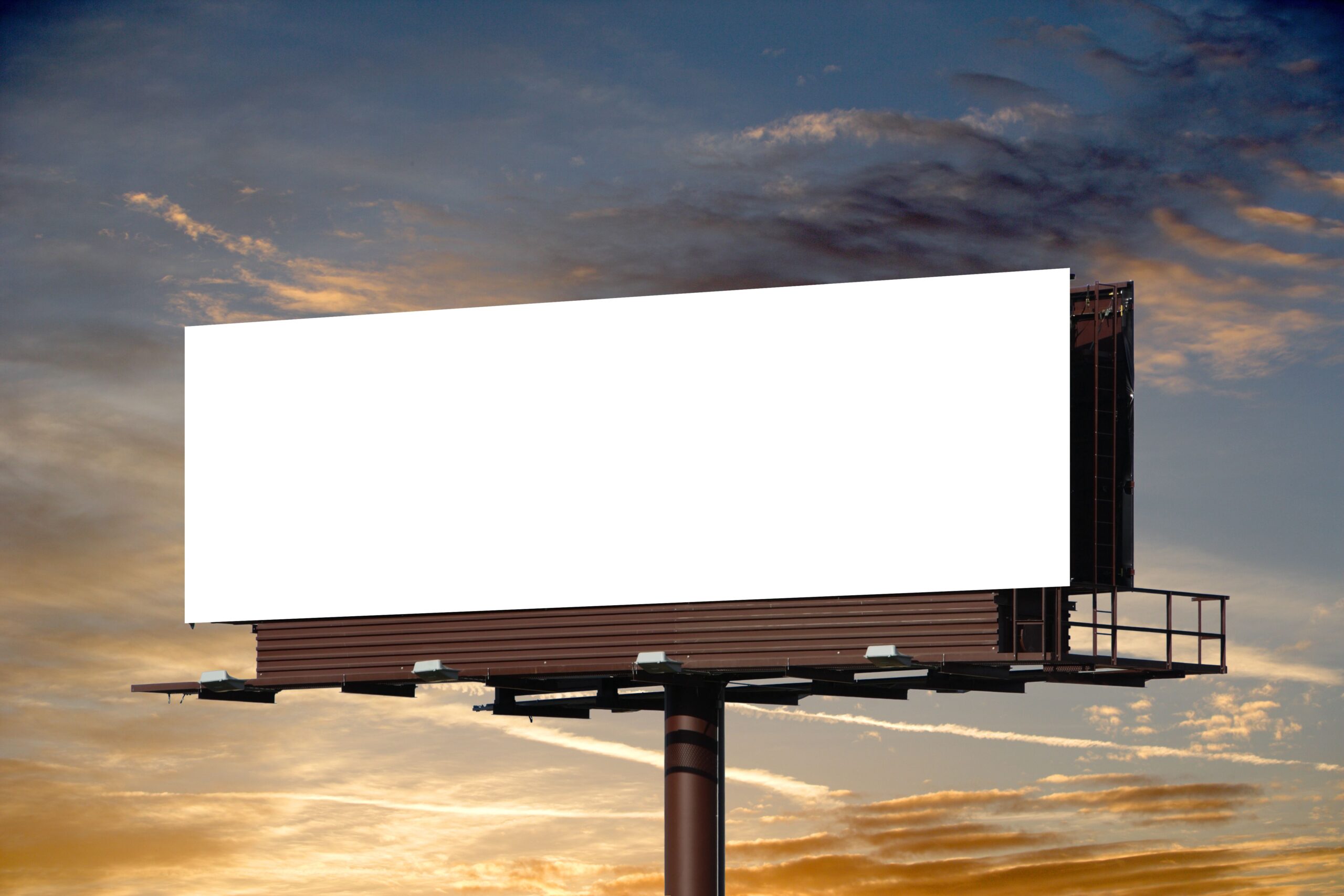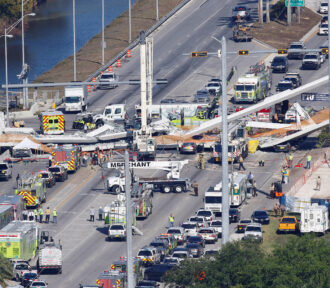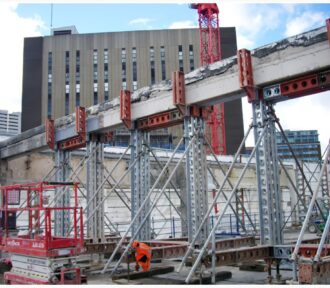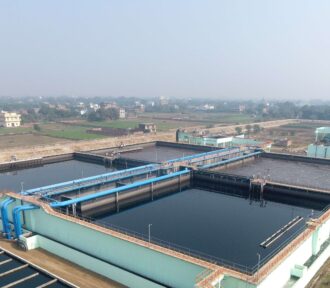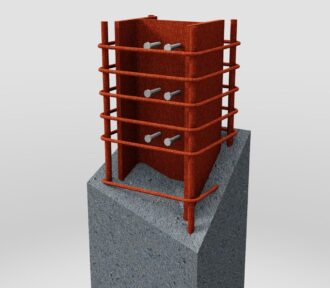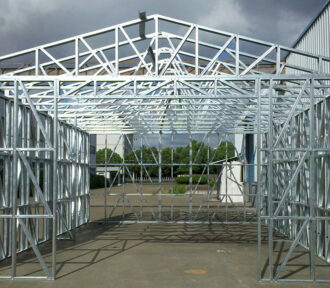This article explores the considerations necessary for accurately calculating wind loads on signage structures, with a focus on the guidelines provided by the Eurocode. Signage…
Category: Structures
This article presents the design of welded connections in steel structures to Eurocode 3 and a worked example on the subject.
This article presents the NTSB investigations into the 2018 Pedestrian Bridge Collapse in Florida and the lessons learnt from the failure
This article defines what a contract entails within the context of professional engineering services, the components of a contract, and how a contract may be formed in engineering.
This article explains some of the key technical issues around PAS 8812 – the current guide on temporary works design to European standards.
This article highlights some of the salient aspects of the design and construction of liquid-retaining structures in reinforced concrete
This article highlights the advantages of composite columns over normal concrete or steel columns and offers guidance for designing composite columns to Eurocode 4.
This article highlights the timelines for releasing the second generation of the Eurocodes in the evolution program of the Eurocodes structural codes and UK strategy to implementing the expected changes.
This article explores the prevalent of light gauge steelwork in steel construction today. It covers their applications, design considerations and structural integrity considerations when specifying them in constructions.
This article explores the design and construction of ground bearing slab using steel fibre reinforcement in place of traditional steel
